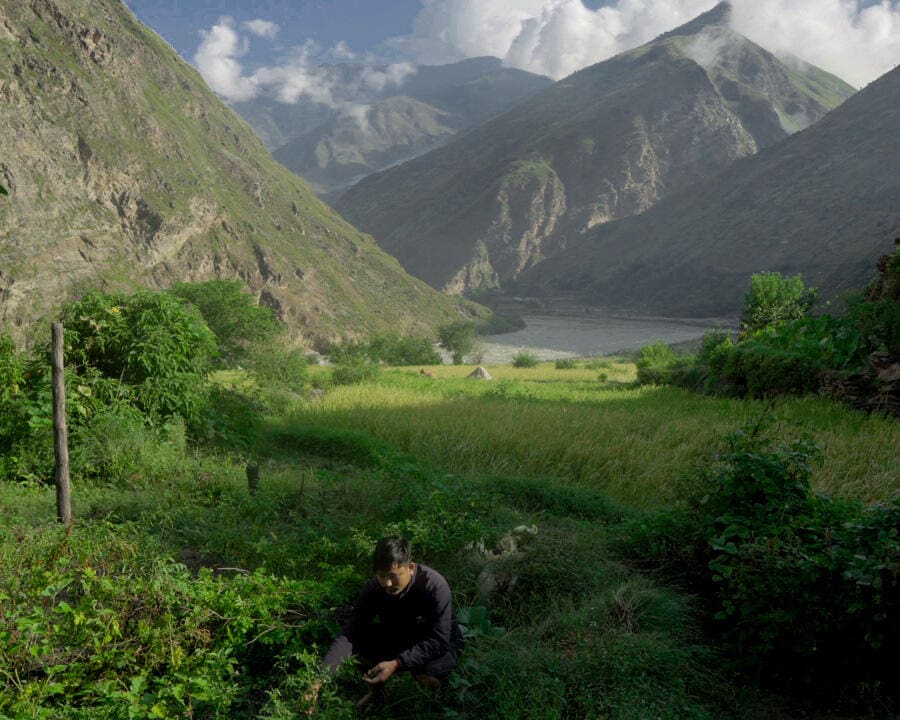
Nepal
Challenging geography, civil unrest and a lack of infrastructure complicate efforts to improve livelihoods, establish functioning markets and transport food.
Food Insecurity
Nepal is among the world’s poorest countries. One quarter of Nepal’s population live below the national poverty line, on less than $0.50 per day. 10% of Nepal’s children are severely hungry.
Frequent natural disasters negatively affect livelihoods and food security. Nepal’s vulnerability to high food prices, especially in remote mountain areas, exacerbates food insecurity.

WFP’s Work in Nepal
WFP has been working in Nepal since 1963. At this critical juncture in Nepal’s development trajectory, WFP is strengthening government capacity and providing support to food security, nutrition and emergency preparedness and response. WFP’s work in Nepal primarily targets the most hungry: those in the hard-to-reach districts of the Mid- and Far-Western Hills and Mountains.

WFP provides seasonal employment and livelihood training enabling the rehabilitation of rural roads, irrigation channels and other community assets.


WFP supports government efforts to prevent and manage malnutrition by providing nutritious school meals to children as well as nutrition services for children under the age of 5 and pregnant and breastfeeding women and girls.


WFP supports the government of Nepal’s emergency response efforts during disasters and other shocks to ensure that those affected have immediate access to adequate food and nutrition. In addition, WFP provides recovery support through food and cash assistance to vulnerable communities as they build assets and restore livelihoods in the aftermath of disasters.
